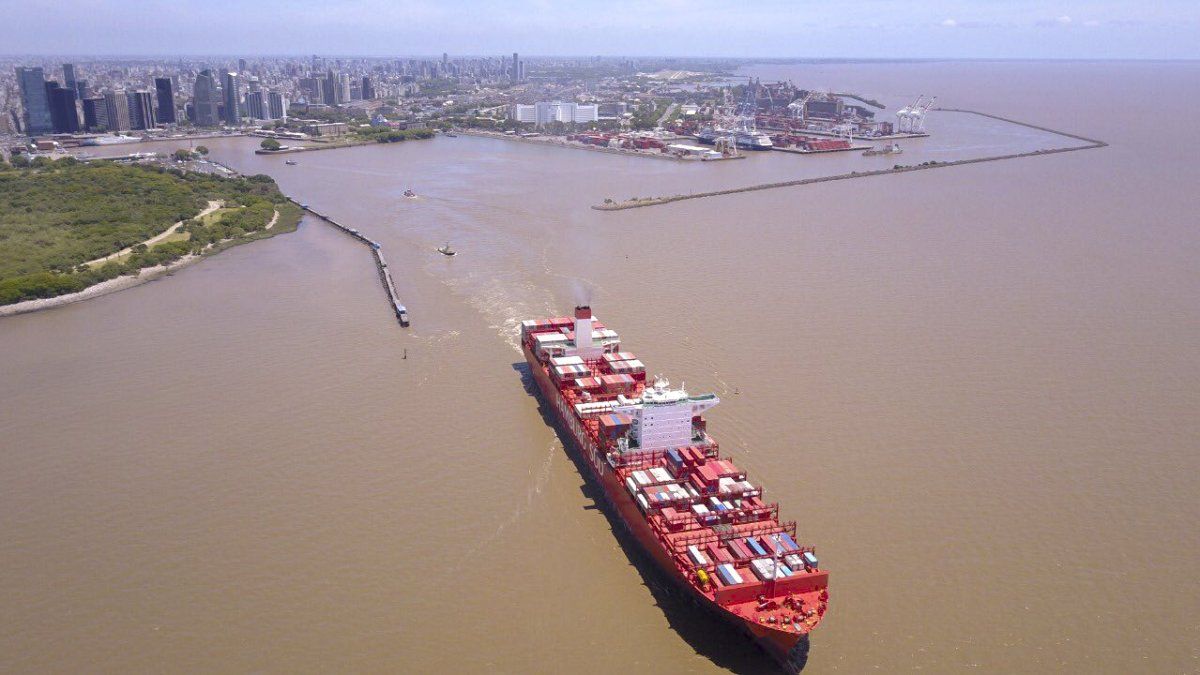After this year’s large deficit, the trade balance would have a surplus of US$15 billion in 2024, the highest in the last five years.
The data comes from a report prepared by the consulting firm Ecolatina. Private work associated the positive result with “rebound in agricultural exports, hand in hand with the end of the drought; the reversal of the energy trade deficit, through the implementation of the President Néstor Kirchner Gas Pipeline; a greater contribution from mining; and an increase in the cost of imports, coupled with an economic recession that would tend to limit demand for imports as a result of lower domestic demand.”
The encouraging projection for next year praised the measures implemented by the new Government of Javier Milei, to which the best perspective is linked, pointing out that on the one hand the series of decisions point, in the immediate, to “recreate incentives for exports and discourage imports, seeking an improvement in the trade balance that will be the engine of the recovery of international reserves.”
While, on the other hand, the analysis indicated that they also allow “provide predictability regarding the normalization of the flow of new imports and the repayment of the high stock of commercial debt accumulated under the need to manage foreign exchange during these months of low export seasonality until the income of foreign exchange from the coarse harvest (second quarter 2024 )”.
Measures of the new government that boost the 2024 trade surplus
Among the measures that Ecolatina considers will benefit the fulfillment of its favorable estimate of the trade balance are:
-Changes in the exchange regime
-Increase in the official exchange rate in the order of 120%.
-Allowing exporters to settle 20% of foreign currency to the CCL dollar.
-Increase in the Country Tax on imports from 7.5% to 17.5%.
-The aim is to maintain a positive interest rate in dollars: that the rate in pesos is higher than the crawling peg of the official dollar.
-Manage the stock of commercial debt: The BCRA will issue bonds for importers of goods and services with outstanding commercial debt. The bonds have a shorter term than an “AL” bond. They are BCRA bonds and not the Treasury. There is no cross restriction between its sale against dollars and subsequent access to the MULC.
-New flows: replacement of the SIRA-SIRASE system with one that will not require prior license approval. Differentiations and deadlines for access to the MULC for importers.
November trade deficit
INDEC data had revealed that the trade balance exhibited a new deficit in November (-US$615 million) for the ninth month in a row, accumulating in 2023 a commercial red of US$8,000 million, contrasted with a surplus of US$5.8 billion in the same period of 2022 (a difference of US$13.8 billion).
Let us remember that In 2021, the positive balance had been US$14,750 million; in 2020, US$12,528 million; and in 2019, of u$s15,990 million.
From Ecolatina they linked the collapse of exports – last November – to the drought, international prices were already falling, so they amounted to only US$4,872 million (-32% year-on-year), with volumes registering an abrupt drop (-22% year-on-year), while average prices, far from compensating , continue to decrease (-12% year-on-year).
The items that lead the decline are those associated with agribusiness: Primary Products and Manufactures of Agricultural Origin.
Imported volumes, for their part, fell after a rising quarter, remaining afloat for the year. External purchases reached US$5,487 million (-5% year-on-year), with quantities falling (-3% year-on-year) for the first time in three months, while prices registered another drop (-2% year-on-year). In the year, imported volumes fall only 3%.
Source: Ambito




